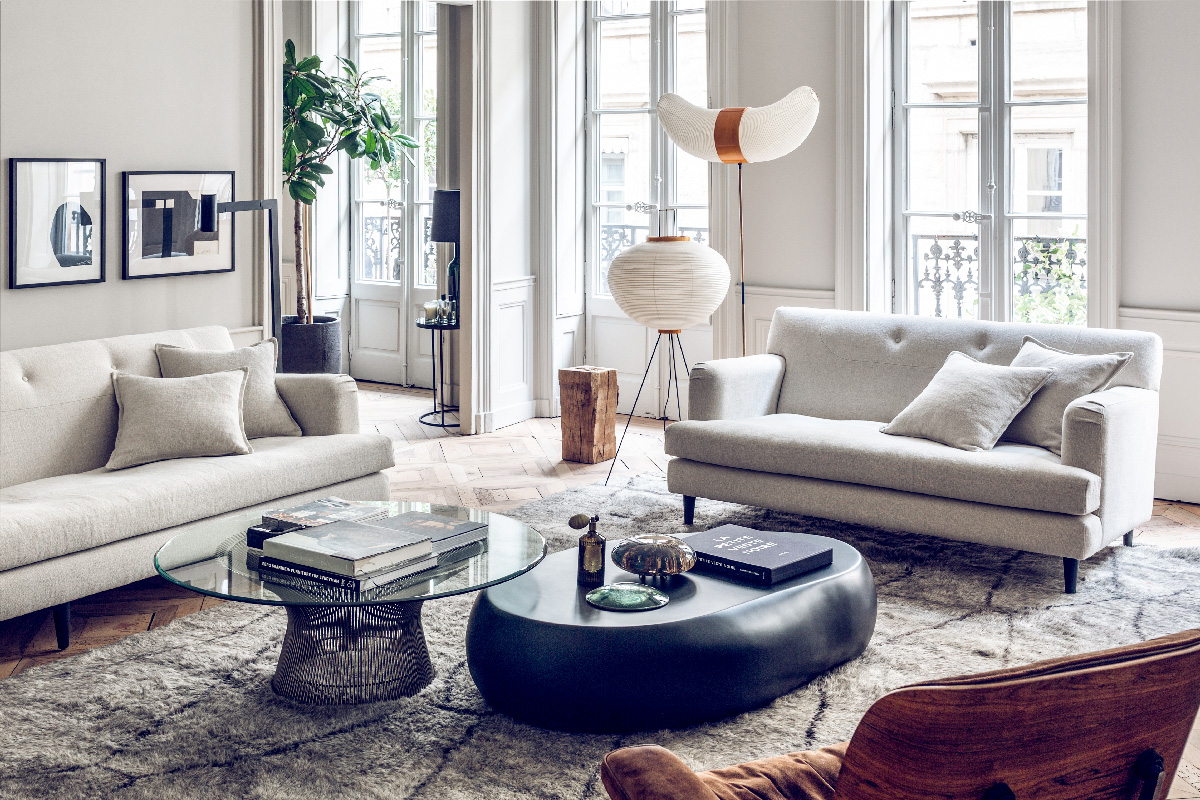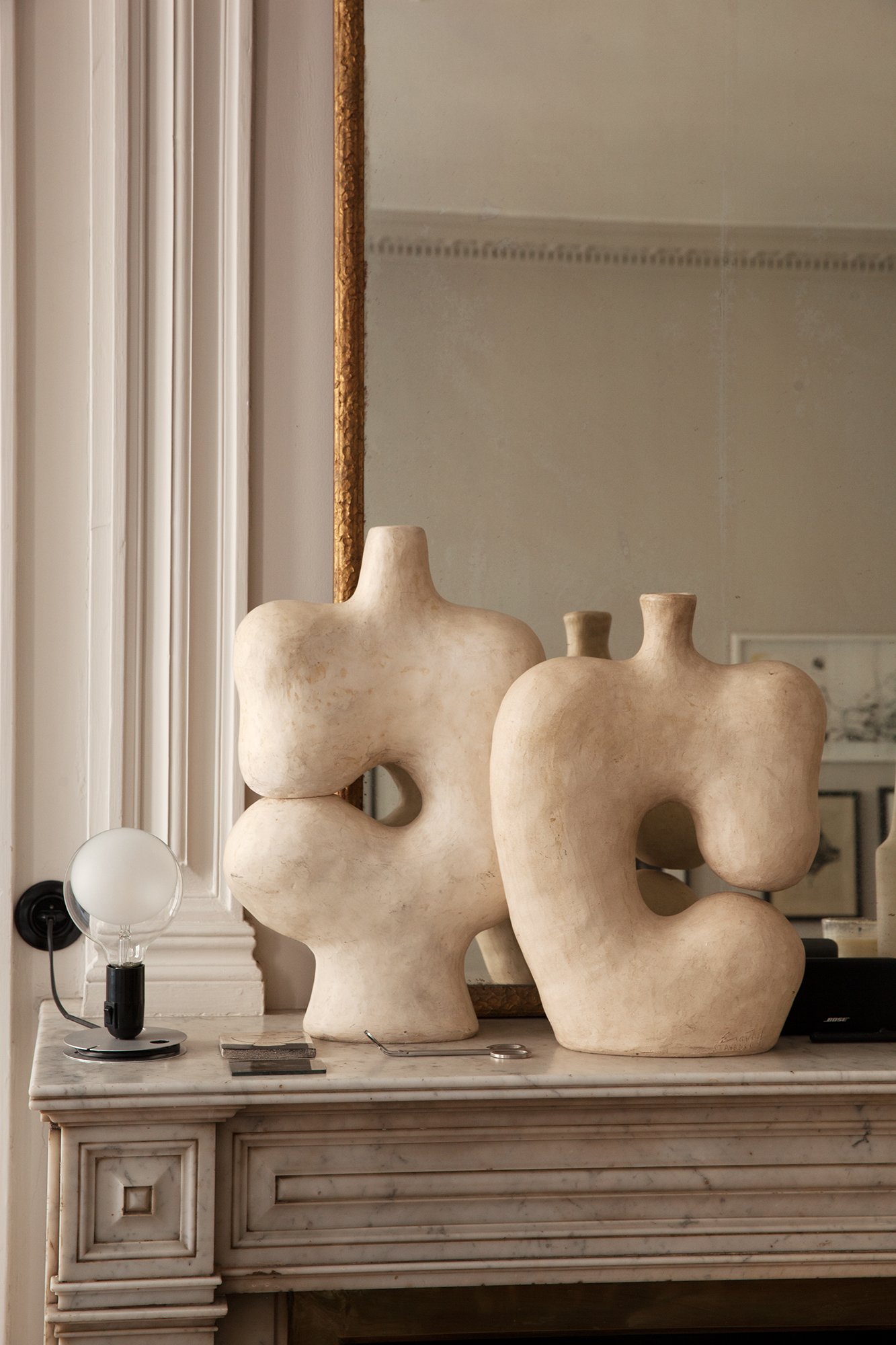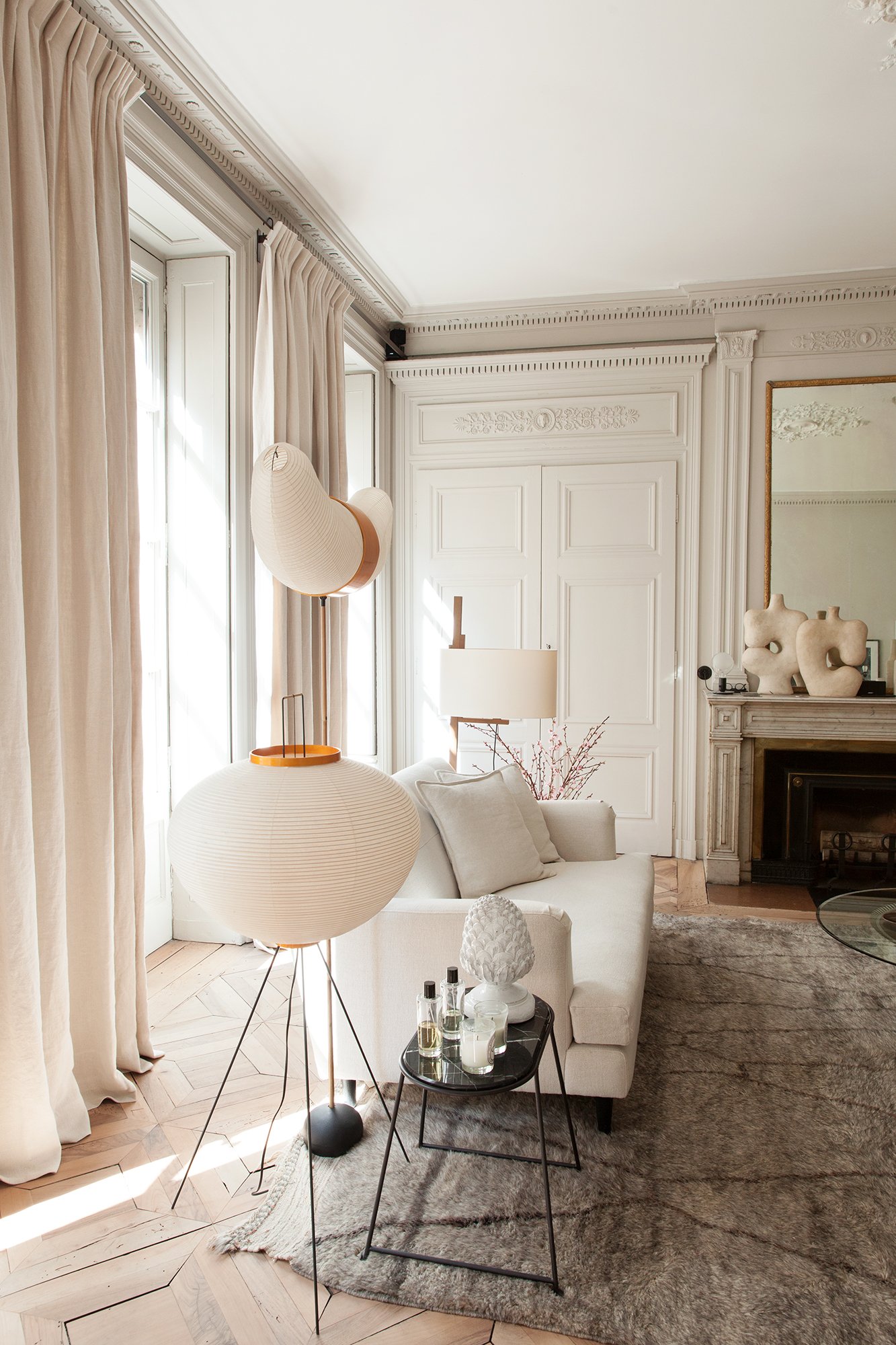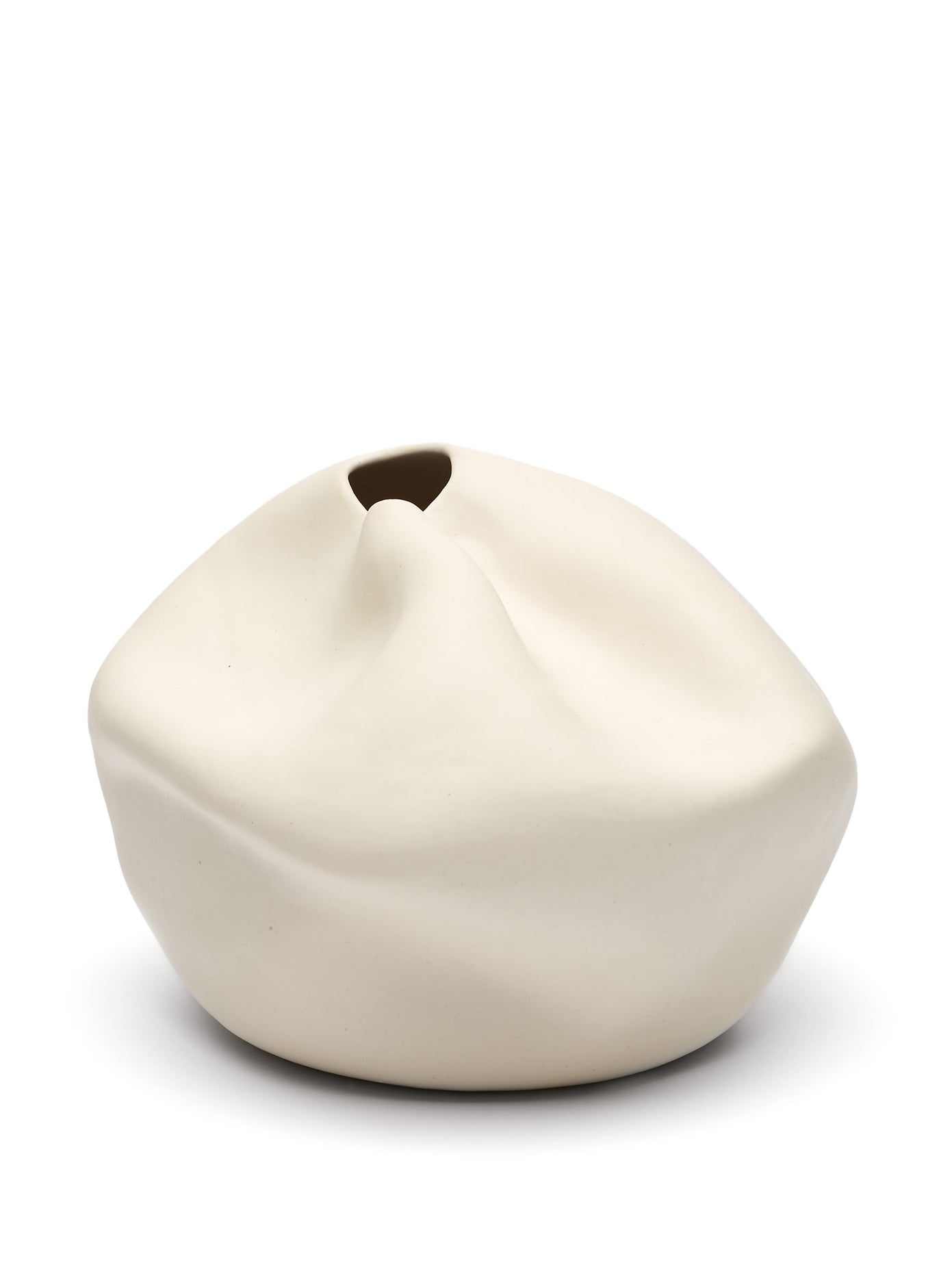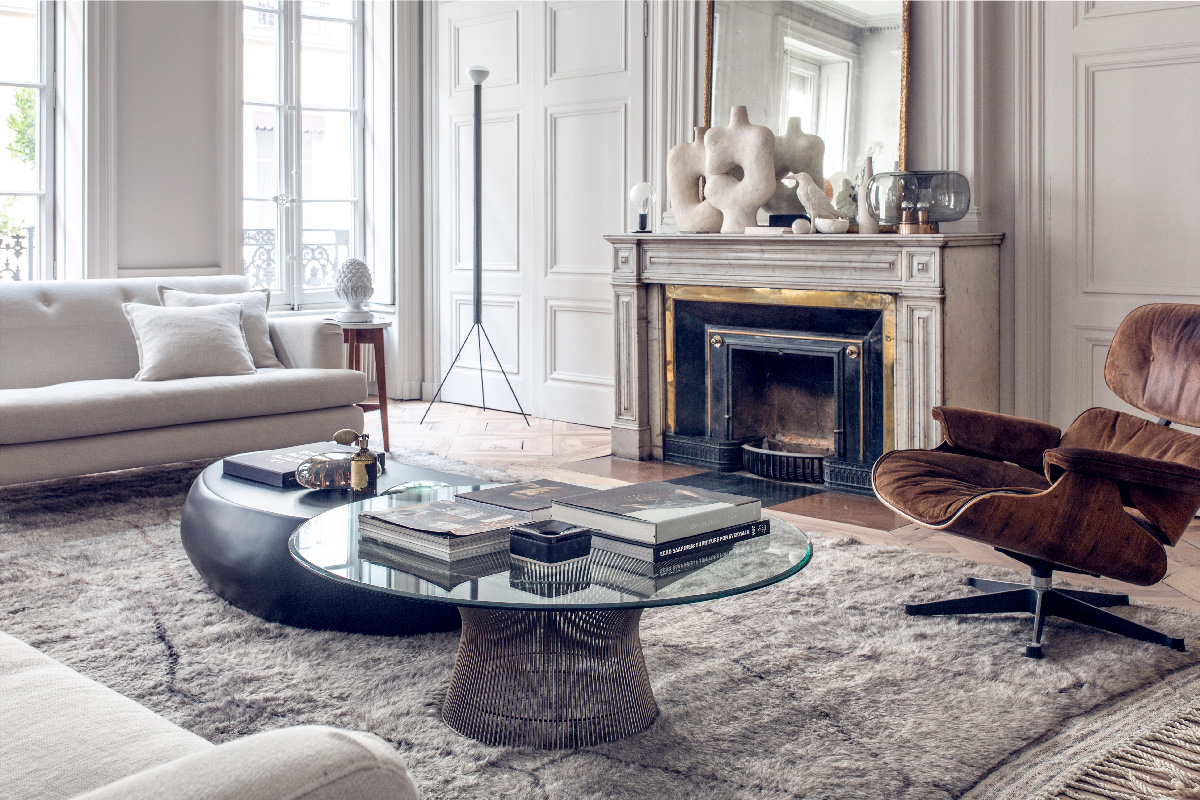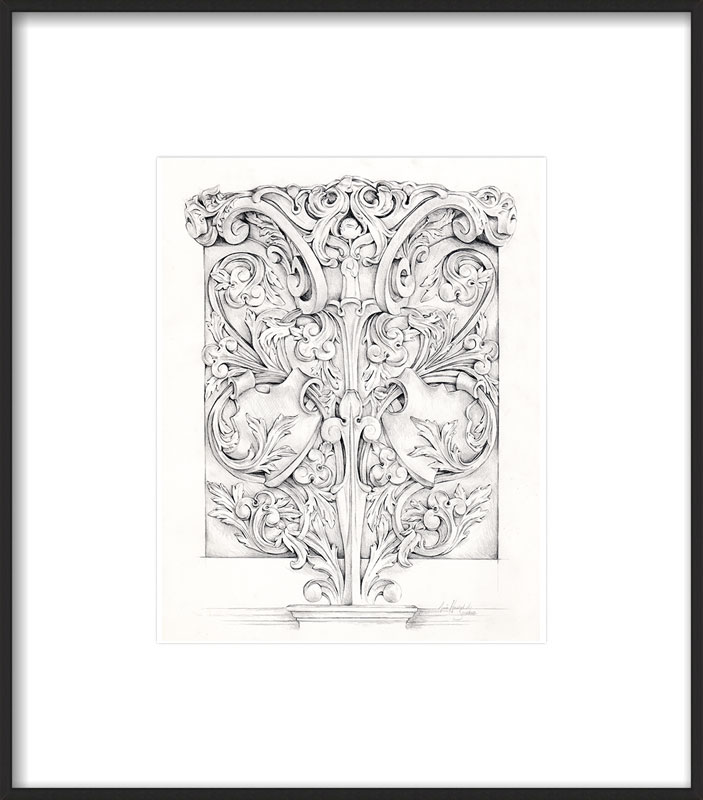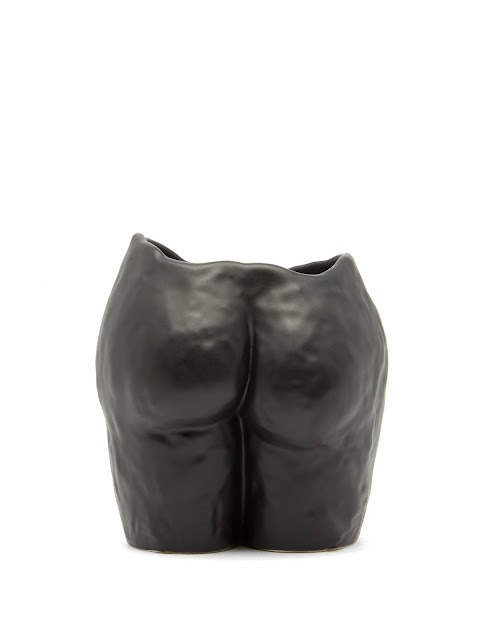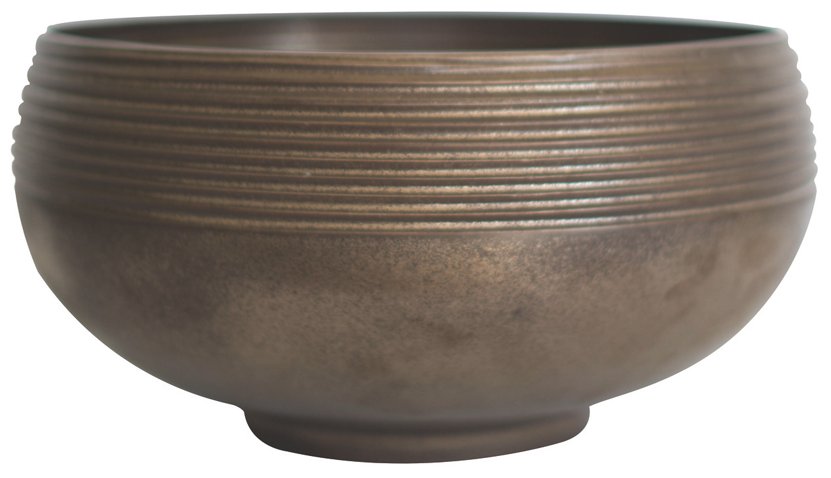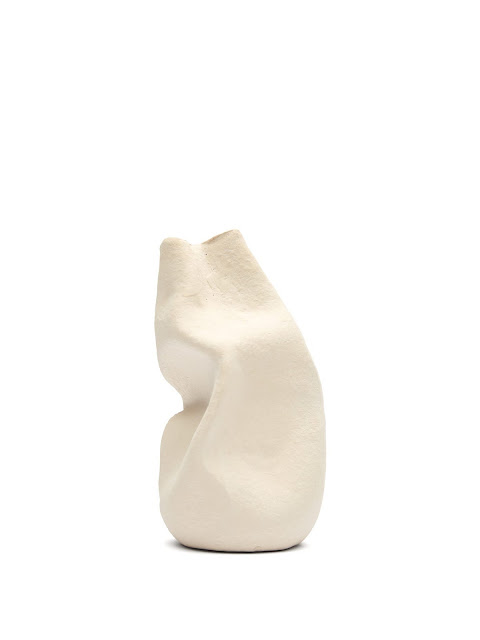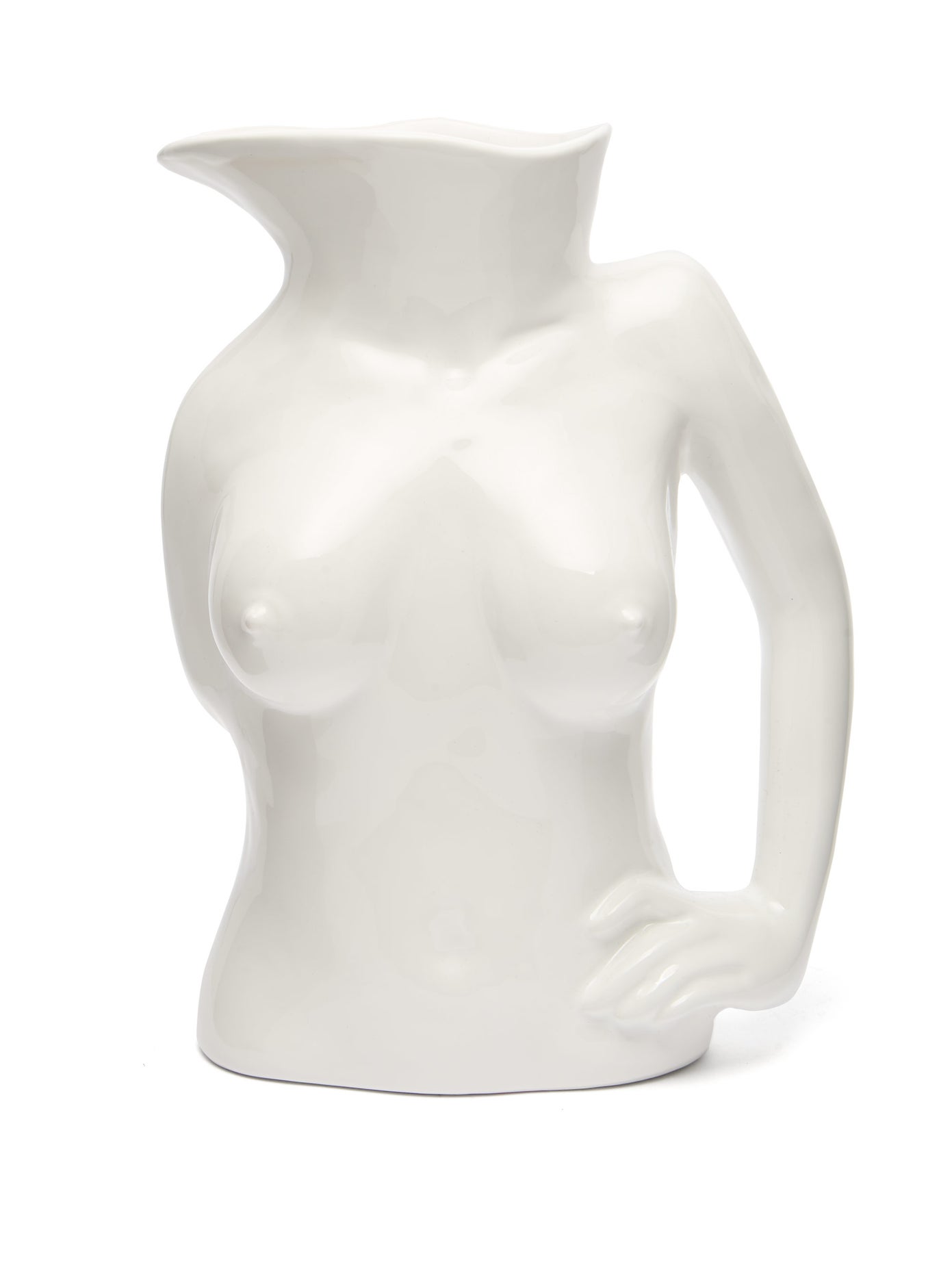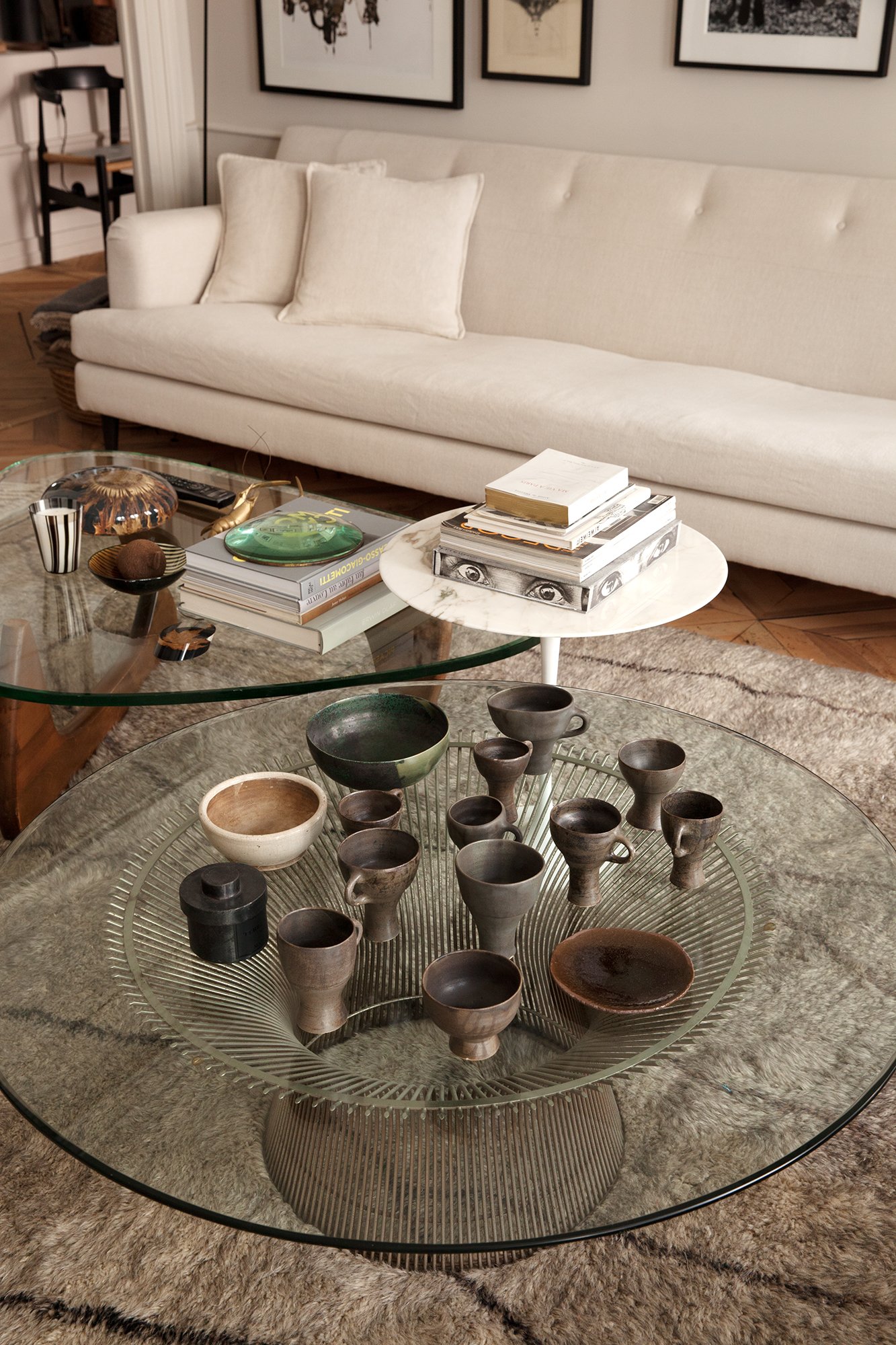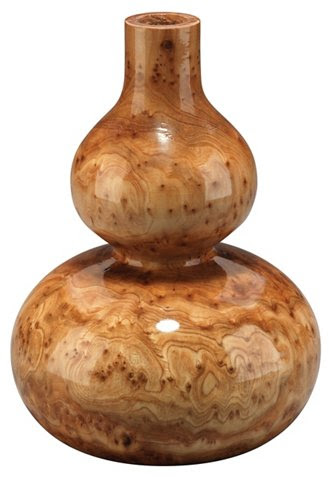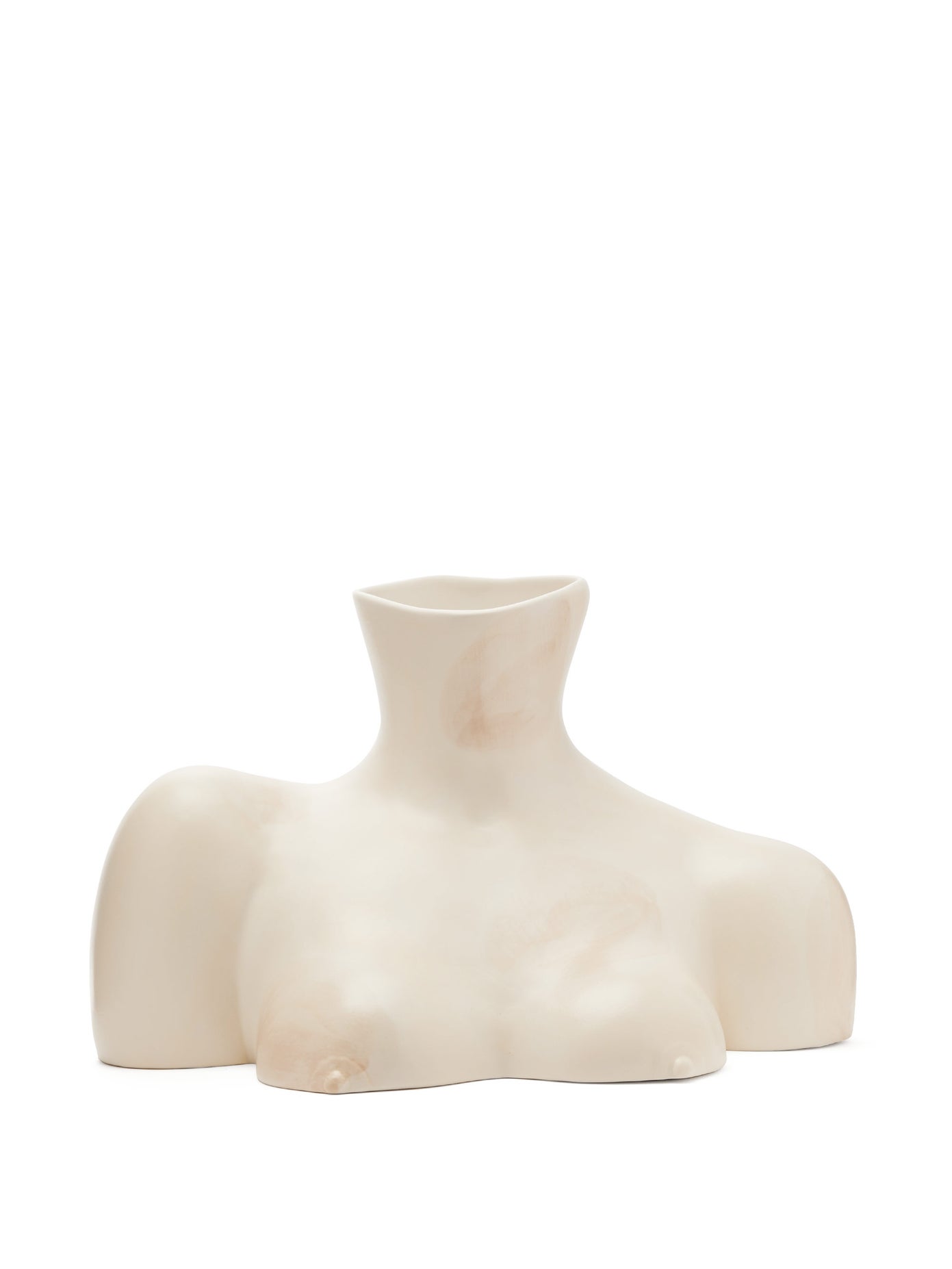If you’ve been thinking about adding art to your space and aren’t sure where to begin, then this article is for you. To begin, while it may be tempting to follow trends, in the end, it’s best to simply buy what you love. You may be swayed by all of those spare line drawings of arms and hands and other body parts that you’ve been seeing everywhere on Instagram for the past few months now, but are they really what you truly love? Being influenced by and following a passing trend may not be the best way to begin.
Building a collection takes time and patience, and the very first step is to figure out what you like. Start by investing in a few good art books. Head to your favourite book store or library to learn about what you really like. Visit galleries, both local and farther away, to explore and push your own ideas and boundaries about what art actually means to you. Alongside gallery visits, try virtual visits online, and sites such as artsy.net and artspace.com, the former of which whose mission is to ‘make all the world’s art accessible to anyone with an internet connection.’
Now that you’ve figured out what you like, you’re ready to begin your collection. The first rule is that you don’t necessarily need to overspend on a famous artist. If you are not yet in a position to pay full price for a piece from a well-known artist, consider an edition. In photography and printmaking, an edition is a series of prints created from a single image or plate. An open edition is a print of which the artist may create unlimited replicas of an image, which may potentially weaken the value of your investment. A limited edition print is one where only a predetermined number of prints can be made and are usually signed and numbered by the artist. While limited editions are preferable, consider either type if you really love the work of a particular artist. And if you’re looking for a large-scale work, a photographic edition may be your most affordable option.
The second rule is to be always be discerning (naturally), but also adventurous. If you’re searching for something in a particular style, as a rule, it’s better to select a good example of this style from an exciting emerging artist than to buy something second-rate from someone more well-known. Plus, there is much satisfaction in supporting the next generation of artists.
Seek out spaces that show emerging contemporary artists, whose work is likely to be more affordable than late-career artists. Invest in artists who are having gallery and museum shows, and (if possible) whose work is in public or private collections. Find those who have been written about, even locally. Pay attention to graduates from the major art schools, for in a few years’ time, they may be represented by a commercial gallery and their pieces may quickly increase in value, so buying before then would be a good move. Attend graduate shows. These exhibitions are known for launching new talent and are usually the entry-level stage for emerging artists. It is also one of the best ways to keep abreast of current and future trends in contemporary arts. Meet artists and talk to them about their work. When you build relationships with artists, you become their personal client and will have the opportunity to hear about new works first. And once you do find artists you like, by all means, do follow them on Instagram.
P.S. more ART
